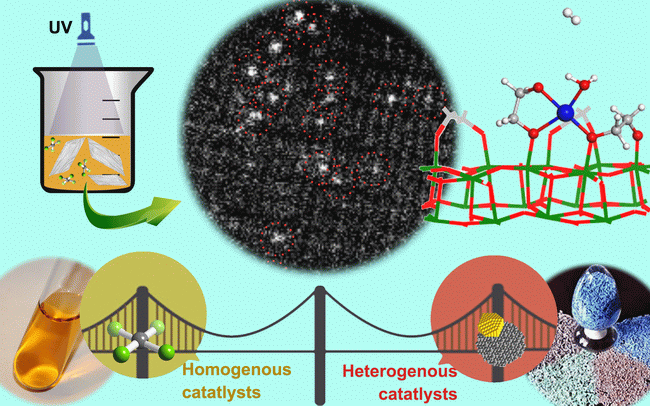On May 13,2016, Science published “Photochemical route for synthesizing atomically dispersed palladium catalysts” by Professor Nanfeng Zheng and Gang Fu(Corresponding authors). Their findings are significant in the field of dispersed palladium catalysts.
Catalysts made from atomically dispersed metal atoms on oxide supports can exhibit very high per atom activity. However, the low loadings needed to prevent metal particle formation can limit overall performance. The paper stably decorated titanium oxide nano sheets with relatively high loadings of single palladium atoms by reducing the ions with ultraviolet light and ethylene glycol. These catalysts cleaved H2 into atoms and were highly effective for hydrogenating alkenes and aldehydes.

The paper demonstrates that Atomically dispersed noble metal catalysts often exhibit high catalytic performances, but the metal loading density must be kept low (usually below 0.5%) to avoid the formation of metal nano particles through sintering. Authors report a photochemical strategy to fabricate a stable atomically dispersed palladium–titanium oxide catalyst (Pd1/TiO2) on ethylene glycolate (EG)–stabilized ultrathin TiO2 nano sheets containing Pd up to 1.5%. The Pd1/TiO2 catalyst exhibited high catalytic activity in hydrogenation of C=C bonds, exceeding that of surface Pd atoms on commercial Pd catalysts by a factor of 9. No decay in the activity was observed for 20 cycles. More important, the Pd1/TiO2-EG system could activate H2 in a heterolytic pathway, leading to a catalytic enhancement in hydrogenation of aldehydes by a factor of more than 55.
Professor Nanfeng Zheng and his team focuses mainly on Nano meter interface chemistry, has made a series of innovative achievements in recent years.
